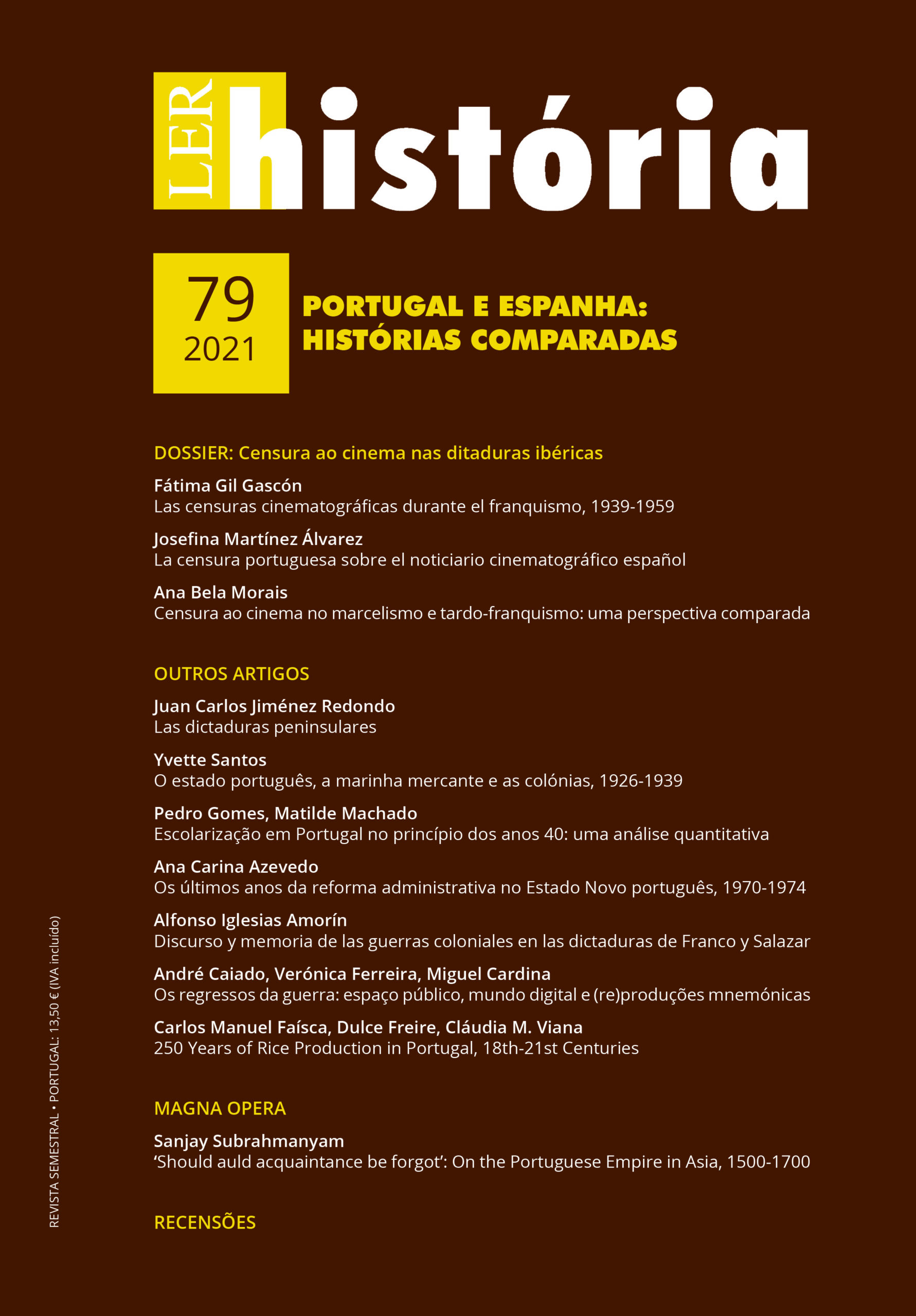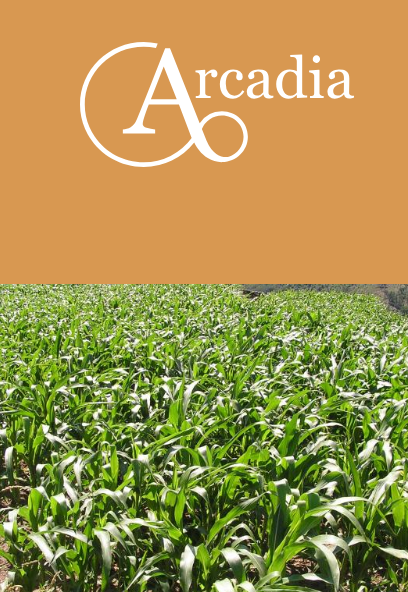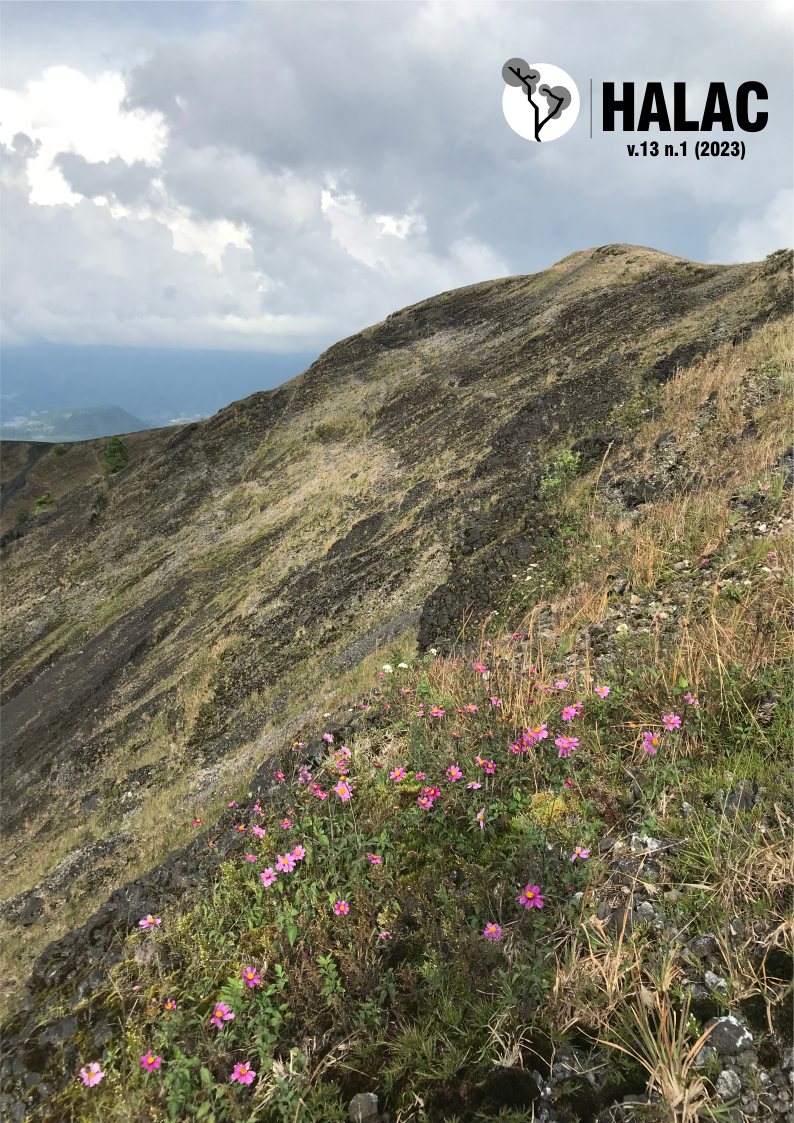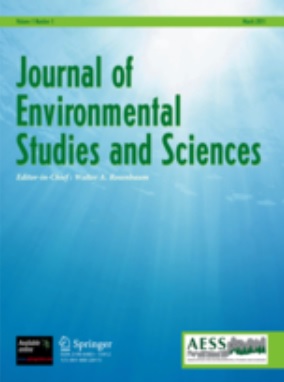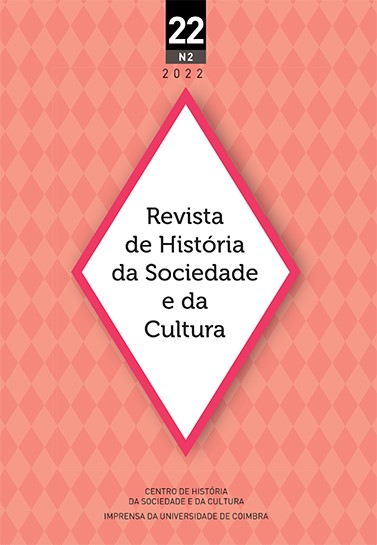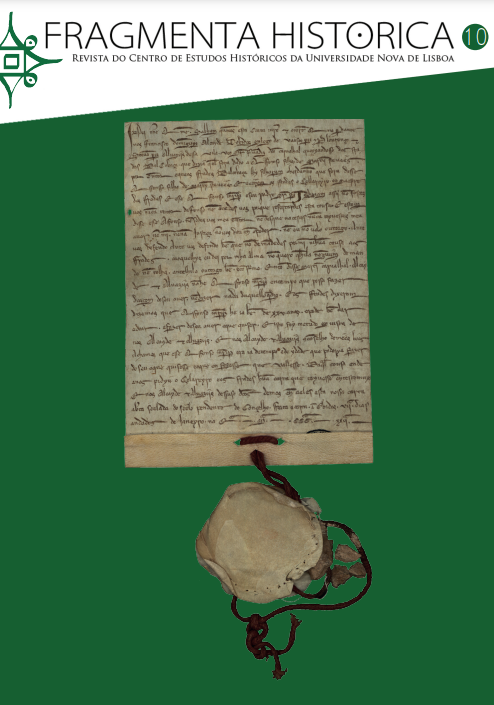The State and Natural Resources: 250 Years of Rice Production in Portugal, 18th-21st Centuries
article
Carlos Manuel Faísca, Dulce Freire, Cláudia M. Viana
authors
2022
Journal: Ler História
This article analyses rice production in Portugal from its establishment in the late eighteenth century to the present. Today, not only are the Portuguese the main consumers of rice in Europe, but this cereal is the second most-produced by Portuguese agriculture. However, the historical analysis of rice production in Portugal is limited to specific eras and/or geographies. This research aims to contribute to filling several research gaps, providing a long-term view of a current problem, as the terms of public support for rice production have recently been discussed. Thus, based mainly on statistical sources, the conclusion is that rice, after a phase of slow growth, established itself from the 1930s onwards as one of the main crops of Portuguese agriculture. In fact, rice was the only cereal in Portugal that managed to keep up with the increase in productivity of the other European countries. To this end, in conjunction with favourable agroecological and market factors, public policies were decisive, such as seed selection and the introduction of more productive varieties, the elimination of public health problems and the construction of major agricultural hydraulic public works.
Open Access
more sugestions…
Capital Seeds and Hybrid ...
Inês Gomes
História e Ciências da Conservação ...
Inês Gomes, Dulce Freire
Seeds of knowledge ...
Inês Gomes, Dulce Freire
"Enseñando, fomenta" ...
Carlos Manuel Faísca
Do manuscrito à mesa ...
Dulce Freire, Maria José Pires, Ricardo Bonacho
Poderes políticos e a mobilização ...
Leonardo Aboim Pires

